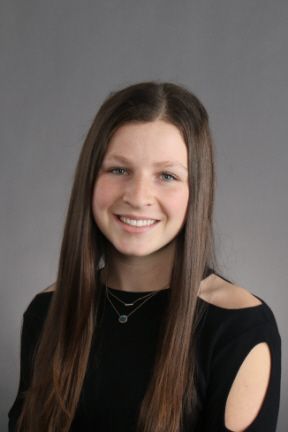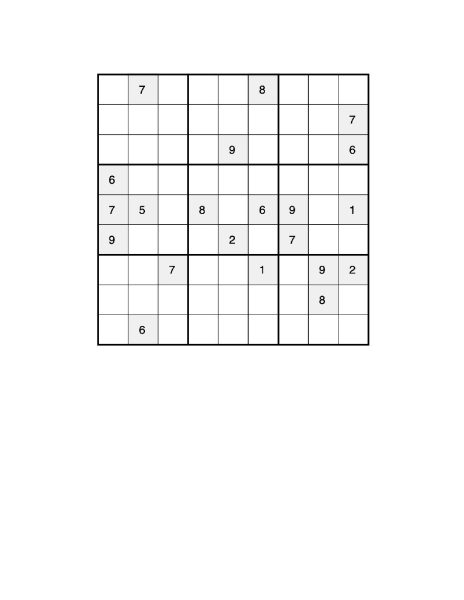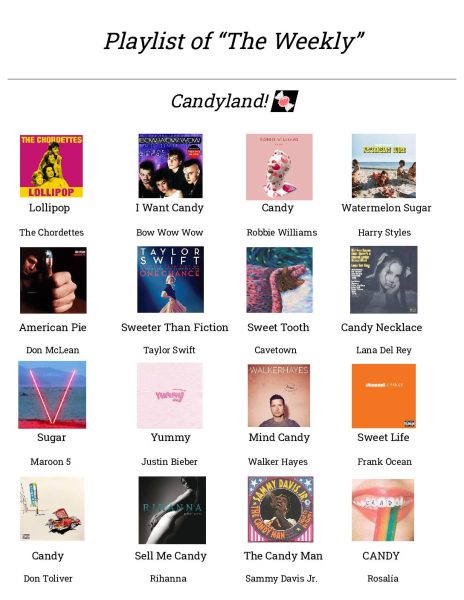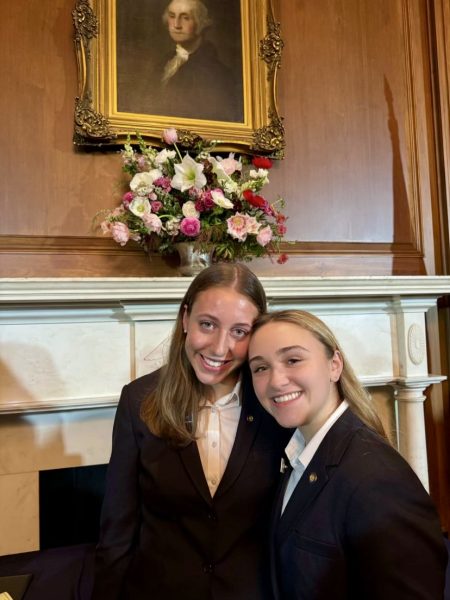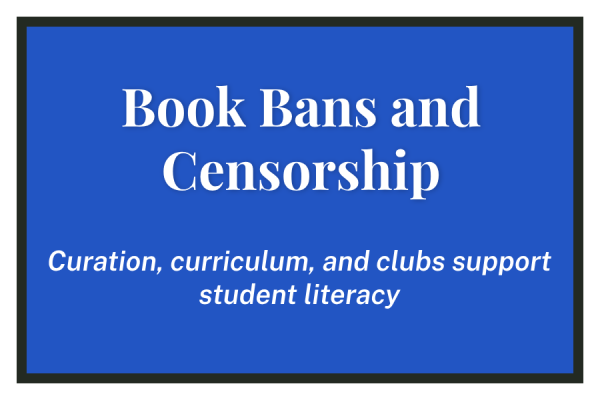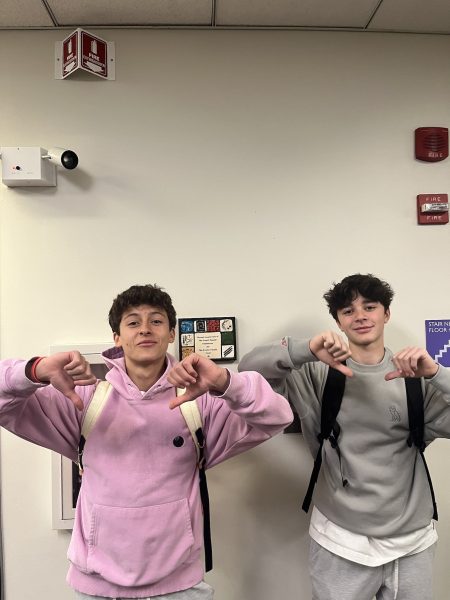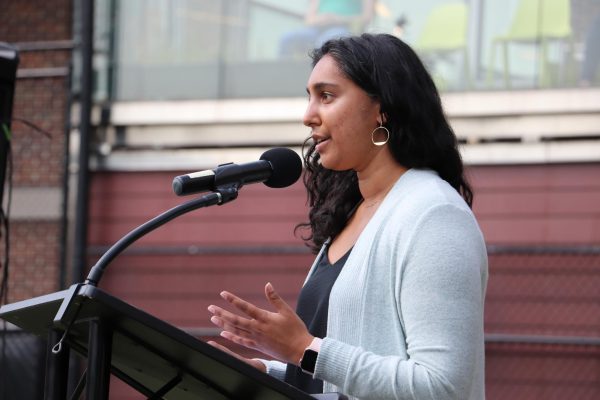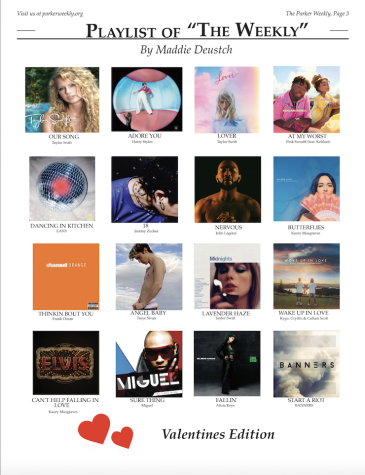Making a Difference One Stitch at a Time
Members of the Parker community create masks to help during COVID-19
Amidst the coronavirus (COVID-19) outbreak, all medical supplies have been in high demand, particularly face masks. On April 3, the Center for Disease Control (CDC) recommended that all Americans wear some form of face-covering in public. Due to the lack of inventory, people have become creative and begun sewing their own masks. However, with a national shortage, healthcare workers and hospitals are also in need of more masks, and while organizations worldwide are helping this cause, so are members of the Parker community.
Upper School Science Teacher Bridget Lesinski has been sewing masks for a group called “Masks for NWI Healthcare Workers” which collects all forms of personal protective equipment (PPE), including homemade masks, to deliver to hospitals, first responders, healthcare organizations, and living facilities across Lake, Porter, and LaPorte Counties. Lesinski learned about Masks for NWI Healthcare Workers from a neighbor on Facebook and has made masks in-between her classes for them as well as for her friends and family.
“When the rule came down that you had to wear a mask, a lot of people couldn’t get them,” Lesinski said. “I was struck at the beginning of the crisis at hospital workers that didn’t have masks and the thought of reusing masks.” Lesinski sews masks out of a material that can be autoclaved (a sterilization method) and that has a pocket where a filter can be placed.
“I started looking around on the internet wondering, because viruses are so small, I just couldn’t imagine that something that you sew out of cotton would work,” Lesinski said. “But the type of mask that I do sew has a pocket for a filter which helps.” Lesinski follows a pattern online and has created her own template. Each mask takes her around a half hour to make, but she has found that sewing one part at a time is more efficient. Additionally, some crafting materials have also been hard to obtain. “I’ve had to improvise a lot,” Lesinski said.
Upper School Science teacher Elizabeth Druger has also been a part of the efforts to sew masks. Druger has sewn masks for both friends and family, but also for The Night Ministry– a Chicago-based organization that works to provide “housing, health care and human connection to members of our community struggling with poverty or homelessness” according to their website.
“It was really the lack of personal protective equipment that I found really, really shocking, how our nurses and doctors on the front lines didn’t have the materials that they needed to safely interact with their patients,” Druger said.
Druger made the decision to start sewing masks along with a sewing group she is a member of, and began only days after the announcement of remote learning. “We decided that this was something we wanted to do,” Druger said.
Druger, a quilter, uses quilting cotton—a denser weave fabric—and after seeing the results of a study on different quilting materials, Druger realized that she could use materials she already had to create masks.“When the CDC initially released its recommendation to wear a bandana over your face, there was a group of scientists that studied the capacity of different materials to stop particles down to the .2 microns,” Druger said. “Quilting fabric, believe it or not, two layers of it did really, really well so I thought, I can do that.”
Druger, like Lesinski, creates masks in an assembly line type process, building one piece of the mask at a time in bulk. Druger creates masks with the help of her daughters, Gabby and Teagan. Each mask takes Druger around five to ten minutes. Druger sews masks with two layers of fabric, pleated with an elastic band to go around the ears of the wearer.
School Nurse Anne Nelson has also been helping the Parker community on the mask cause, but in a different way than Druger and Lesinski. Nelson sent out a video to the Parker community on an easy way to make a mask (in addition to a video on how to make hand sanitizer) to re-emphasize the need to wear a mask when outdoors.
In the video, Nelson explains how to create a face mask with only a bandana and two elastic bands. The bandana is folded in a particular way inside the elastic bands so that the bands hold the mask around the ears. “It’s a no-sew mask that anybody can make,” Nelson said. “The only problem is that it’s probably a little too thick, but it works in a pinch.”
Nelson saw a video for how to make this no-sew mask, then created a video to share in an effort to help the Parker community. “I thought, I can do that,” Nelson said.
Although face masks are only one part of managing the COVID-19 pandemic, members of the Parker community are making an effort to help each other and the world, one mask at a time.
